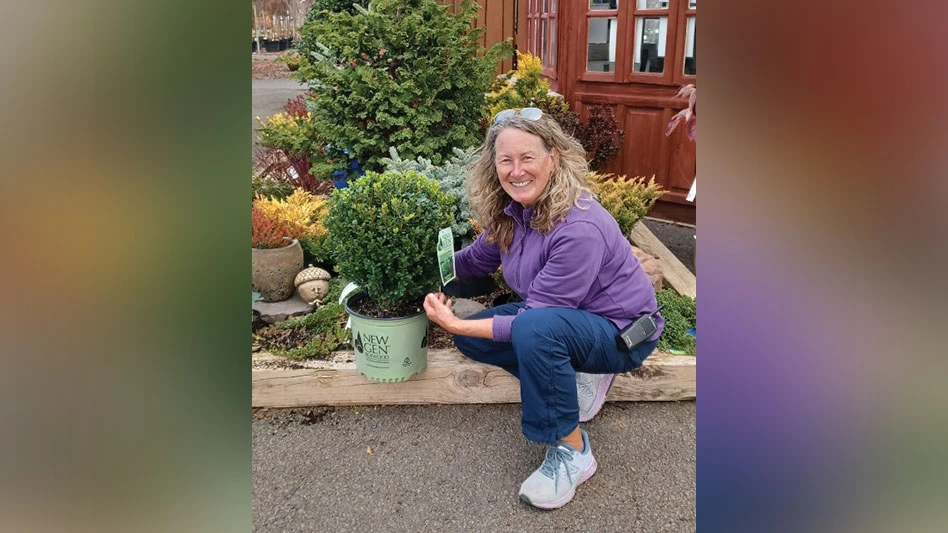
In its September issue, Nursery Management spoke with seven growers who found success on their own terms. Read all of the "Success stories" here.
With 5,000 acres of production and hundreds of employees spread across eight locations in Texas and Florida, managing it all is a challenge for Tree Town USA.
Jonathan Saperstein worked his way up from field labor to become the chief operating officer of Tree Town USA. He’s responsible for the day-to-day operations of the container nursery, which grows more than 200 varieties of shade, ornamental, fruit and palm trees ranging from 1 gallon to 670 gallon. The nursery has a diversified customer base, from box stores as well as independent retail garden centers and rewholesalers and commercial contractors.
“When we first started this company, we didn’t have a track record in the nursery business,” Saperstein says. “But with other large businesses that we had run, we knew that most important aspects of business are understanding what you have, what you’re going to do with it, and how much you actually have -- in a very simple way.”
Tree Town USA relies heavily on its computer systems to keep everything on track. The nursery uses Oracle as its database for inventory, sales, accounting, and more.
“Everything’s done on one system and interconnects all of our facilities,” Saperstein says. “We can see almost live what production is happening where, when it’s happening, and what inventory we are going to have in the foreseeable future. And tie that toward our production plan.”
That precise inventory knowledge has been vital to Tree Town USA’s success through the downturn.
During the recession, many nurseries were holding onto plant material longer than they’d like. Tree Town USA explored all outlets to move the material that needed to go quickly, and then replace it with young, fresh material.
“By having tight control of our inventory like that, even though we have multiple facilities, we could see how the inventory was aging and find the key crops we had to move,” Saperstein says.
Even though the market has improved, Tree Town USA’s diligence has not waned. In fact, Saperstein is preaching preparedness now, more than ever.
“We know there will be another recession, another overage in trees,” he says. “We have to be very mindful of achieving our production plan, which is based off histories, margins and everything that goes into account. We need to make sure that for what we put on the ground, we have a pretty good idea of what we’re going to do with it.”
The process of developing a production plan has undergone significant changes since the nursery was founded in 2000, and even more when it expanded in 2005.
Saperstein says the nursery’s staff spends a lot of time working with its customers, monitoring what’s happening through landscape architects, and generally trying to understand where the market is heading. He knows they’re not perfect. There’s always room for improvement.
We know where we can do better in our planning,” he says. “We want to get better at forecasting, tracking data without becoming too reliant on what a computer tells you. One of our senior growers always says, ‘A computer can’t grow a tree.’ We are tree farmers. We have to go out there and do what is horticulturally sound. Right now, we’re trying to find a balance between what our numbers system tells us we need to do and what the gut feeling is.”
Click here to read more success stories from our September issue.
Latest from Nursery Management
- The Growth Industry Episode 3: Across the Pond with Neville Stein
- What's in a name?
- How impending tariffs and USDA layoffs impact the horticulture industry
- Shifting the urban environment
- These companies are utilizing plastic alternatives to reduce horticultural waste
- How to create a sustainable plant nursery
- Lamiastrum galeobdolon ‘Herman’s Pride’
- One of rarest plants on earth: Tahina spectabilis





